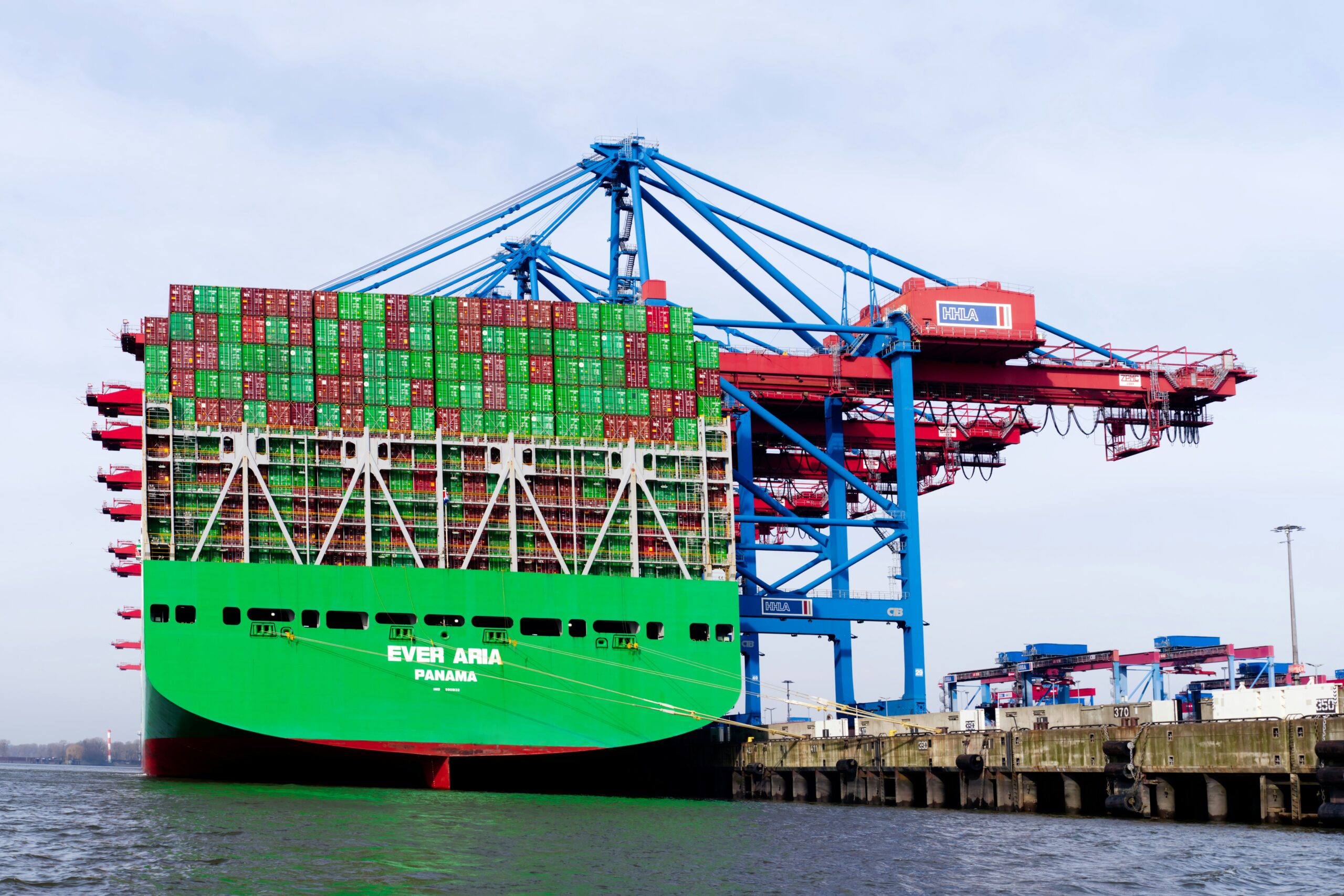Introduction
Sustainable Shipping Solutions: A Key Focus
As we move towards 2025, Sustainable Shipping Solutions are becoming increasingly vital for businesses looking to improve their environmental impact. Integrating these solutions into supply chain strategies helps companies not only comply with regulations but also drive efficiency and reduce costs.
As we progress into 2025, the imperative for sustainable shipping becomes increasingly critical. Environmental challenges are escalating, leading supply chain professionals to urgently seek green logistics solutions. This article delves into a range of effective strategies, including Sustainable Shipping Solutions, that can help future-proof your operations while contributing to a healthier planet.
The Importance of Sustainable Practices
Technology and Innovation in Shipping
Technological advancements are playing a pivotal role in the evolution of sustainable shipping. Innovations such as blockchain can enhance transparency in supply chains, allowing stakeholders to track the carbon footprint of shipments. Moreover, the implementation of Internet of Things (IoT) devices can optimize shipping routes in real-time, significantly reducing emissions and costs.
With the escalating impact of climate change, businesses are increasingly held accountable for their environmental footprint. This shift is not merely a trend; it is transforming how companies approach logistics and customer engagement. For instance, companies that adopt sustainable practices often see enhanced brand loyalty and customer trust, which are crucial in today’s competitive marketplace.
Experts highlight that implementing Sustainable Shipping Solutions can lead to significant reductions in carbon emissions, supporting global efforts to combat climate change. This approach is not merely a compliance effort but a strategic move towards a greener future.
Why 2025 Matters
Global shipping faces stricter carbon rules, like the EU’s expanded CBAM. Fuel costs are climbing, and consumers demand eco-friendly practices. Experts predict a 25% shift to green methods by year-end, making now the time to act.
Key Solutions for Sustainable Shipping
- Eco-Friendly Fuels: Switch to biofuels or hydrogen, cutting emissions by 20-30%.
- Optimized Routes: Use AI tools to reduce fuel use—savings of 10-15% reported.
- Reusable Packaging: Adopt returnable containers, slashing waste by 40%.
Incorporating sustainability into shipping practices is not just about compliance; it’s about embracing a transformative approach that benefits businesses and the environment alike. For instance, companies that prioritize sustainability often see improved brand loyalty and customer trust. A recent study revealed that consumers are willing to pay more for products from environmentally responsible companies, highlighting a market shift towards sustainability.
The Role of Policy and Regulation
Consider also the role of technology in this transition. Advanced data analytics can help companies forecast demand more accurately, reducing overproduction and waste. Machine learning algorithms can optimize shipping routes in real time, providing significant cost savings and reducing carbon emissions. The integration of such technologies not only enhances operational efficiency but also aligns with sustainable practices.
Collaborative Efforts in Sustainability
Conclusion
As we look toward 2025, it is clear that sustainable shipping is not just a compliance measure but a vital strategy for future growth. By implementing these strategies and embracing innovation, businesses can enhance their operational efficiency while contributing positively to the environment, ultimately leading to a more sustainable future for all. The adoption of Sustainable Shipping Solutions will be integral in achieving these goals.
By adopting Sustainable Shipping Solutions, businesses can enhance their brand reputation, attract eco-conscious consumers, and ultimately contribute to sustainable development goals.
To achieve meaningful reductions in carbon emissions, collaboration across the supply chain is essential. By working together, companies can share resources, knowledge, and best practices, fostering a culture of sustainability that benefits all stakeholders. Initiatives like the Clean Cargo Working Group help companies benchmark their performance and drive improvements in environmental practices.
As we approach 2025, various governments are enacting stricter regulations to curb carbon emissions in shipping. For example, the International Maritime Organization is pushing for a 50% reduction in greenhouse gas emissions by 2050. Companies must stay informed and adapt to these regulations or risk facing fines and penalties that could impact their bottom line.
Real-World Impact
A major shipping firm in Rotterdam cut costs by 12% with optimized routes last quarter. Another in Singapore rolled out biofuel trials, reducing their carbon footprint by 18%. These steps show green logistics pays off.
Getting Started
Start small—test one eco-route or switch 10% of packaging. Partner with LogiBridge to connect with pros sharing real-time insights. Sustainable shipping in 2025 is your competitive edge.
